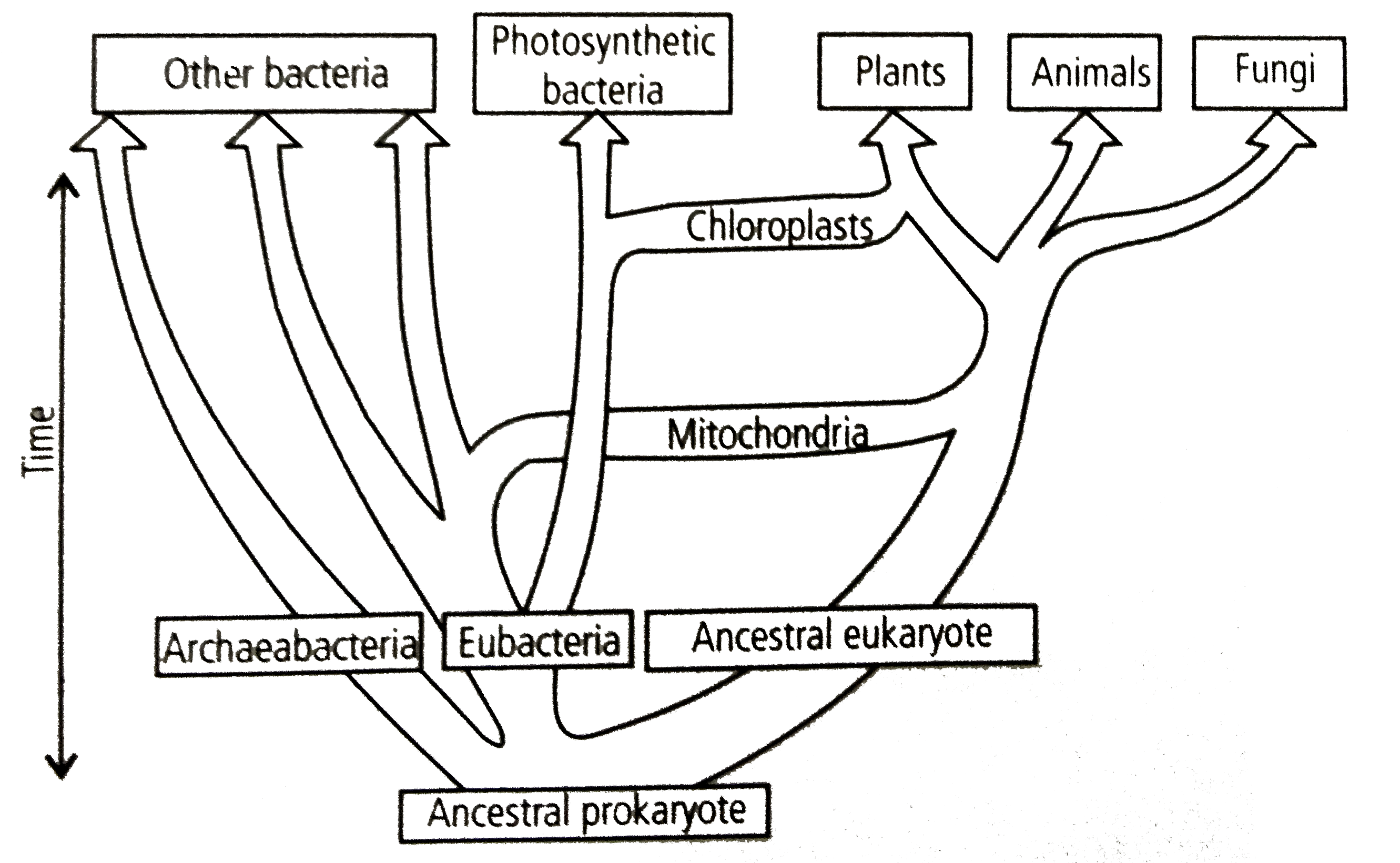The evolutionary story of moths in England during industrialisation reveals, that ' evolution is apparently reversible '. Clarify this statement.
During the last century in the industrial regions of England, a light coloured peppered moth Biston betularia was found on the bark trees. The tree bark was covered by whitish lichens, so light coloured moths escaped unnoticed from predatory birds.
After industrialisation, barks got covered by smoke, so the white moths were selectively picked up by birds. However, the black coloured moths escaped unnoticed against a dark background and became abundant.
However, in recent year, reduced industrial pollution has led to the growth of lichens again and thus, the population of light coloured moths is again increasing.
This evolutionary story of moths in England, thus reveals, that 'evolution is apparently reversible'
Topper's Solved these Questions
Similar Questions
You have studied the story of peppered moths in England. Had the industries been removed, what impact could it have on the moth population ? Discuss.
View Solutiona) How do the observations made duirng moth collection in pre- and postindustralized era in England support evolution by Natural Selection?
b) Explain the phenomenon that is well represented by Darwin's finches other than natural selection.View Solution
Knowledge Check
- Question 1 - Select One
Assertion :- In England, before industrialisation, it was observed that there were more white-winged moths on trees than dark-winged or melanised moths.
Reason :- White winged moths can survive in non industrialised area.AIf both Assertion & Reason are True & the Reason is a correct explanation of the Assertion.BIf both Assertion & Reason are True but Reason is a not a correct explanation of the Assertion.CIf Assertion is True but the Reason is False.DIf both Assertion & Reason are false. - Question 2 - Select One
The peppered moth Biston betularia dull gray or white colour was abundant in England before industrial revolution. During post industrialization period, the tree trunks became dark due to smoke and soot and the black coloured variants of the moth became more abundant. The black color of the.moths was due to
ADeposition of soot on the tree trunksBRecessive mutationCDominant mutationDNone of these - Question 3 - Select One
A. The conditions primitive on earth (before the origin of life) were : low temperature, volcanic storms, reducing atmosphere containing Ch4,NH3, etc.
B. Cheetah and humans share similarities in the pattern of bones of forelimbs.
C. In a collection of moths made in the 1850s i.e., before industrialization set in, it was observed that there were more dark-winged moths on trees than white-winged moths.
D. Branching descent and natural selection are the two key concepts of Darwinian theory of evolution.
E. The Neanderthal man with a brain size of 1400 cc lived in east and central Asia 25,000-10,000 years ago.
Which set of given statements are correct ?AA , B, EBB,DCA,C,EDB,C,D
Read the following statements and select the correct option
A. Increase in melanised moths after industrialisation in Great Britain is a proof for natural selection
B. When more individuals of a population acquire a mean character value, it is called disruption
C. Changes in allelic frequency in a population will lead to Hardy-Weinberg equilibrium
D. Genetic drift changes the existing gene or allelic frequency in future generations.View Solution"Appearance of melanised moths post-industrialisation in England is a classic example of evolution by natural selection." Explain.
View SolutionTaking an example of white-winged moths and dark-winged moths of England in per and post industrialised era, explain evolution by natural selection .
View SolutionGiven diagram illustrates an evolutionary tree.

Which of the following statements can be deduced from the given evolutionary tree?
(i) The ancestral eukaryotes were anaerobic.
(ii) All eukaryotes were anaerobic.
(ii) All eukaryotes possess mitochondria.
(iii) Eubacteria and Eukaryota have a common ancestor whereas Archebacteria have a unique and independent origin.
(iv) Mitochondria and chloroplasts have similar genomes.
(v) Mitochondria are presents in plants, animals and fungi.
(vi) chloroplasts and mitochondria arose asendosymbionts.
(vii) Fungi and animals lost chloroplasts during evolution.View SolutionA study of white winged and melanised moths made in England before and after industrialisation in 1850 and 1920 respectively , supporting evolution by :
View Solution

